1. Streamlined Body Structure
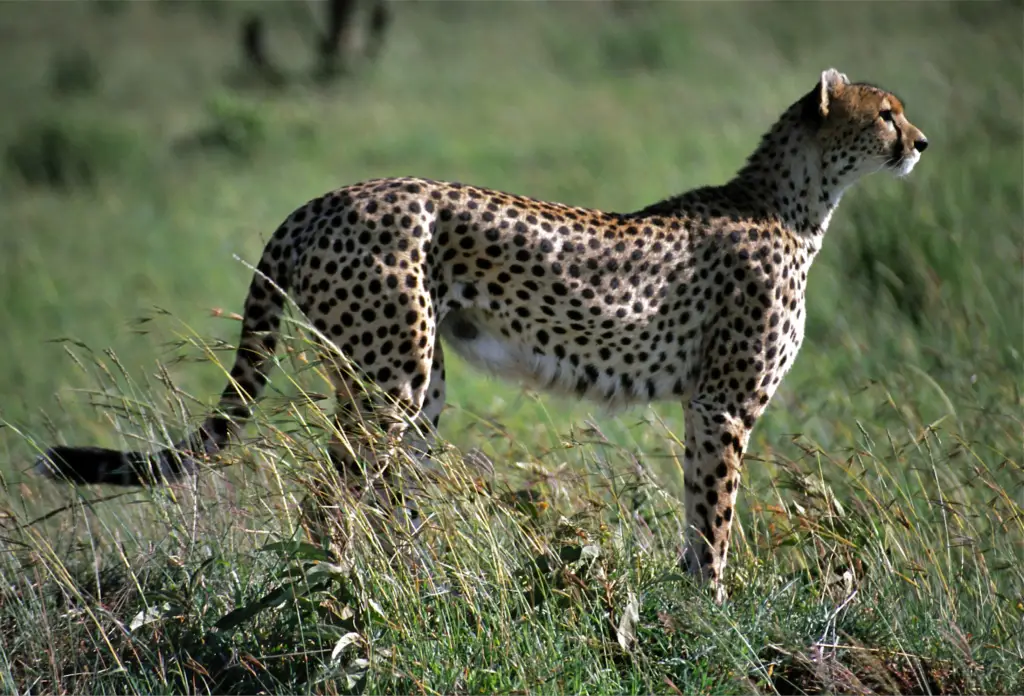
Cheetahs have slender, aerodynamic bodies designed to minimize air resistance as they run. Their lightweight frames allow for quick acceleration without being weighed down. According to National Geographic, this unique build helps them slice through the air more efficiently than bulkier predators. Additionally, their narrow waist and deep chest enhance their flexibility and range of motion. These physical traits allow them to conserve energy while focusing on rapid bursts of speed.
The body’s streamlined shape is also complemented by their long, slender necks that improve balance. This helps them stay upright and steady during high-speed pursuits. Unlike heavier predators like lions, cheetahs’ bodies are optimized for agility rather than brute strength. This specialization gives them a significant advantage in short-distance chases. Overall, their body structure is a marvel of evolutionary design, enabling them to be the perfect sprinters of the animal kingdom.
2. Powerful Leg Muscles
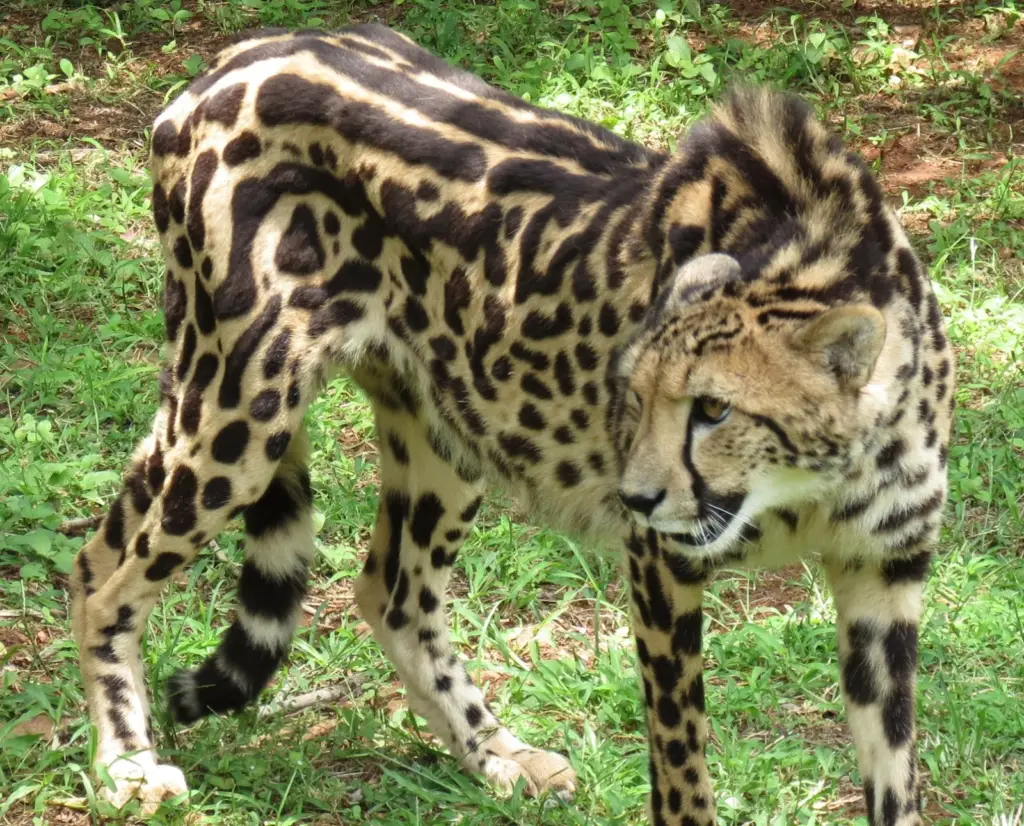
Their long, lean legs are packed with fast-twitch muscle fibers, which generate explosive power needed for quick bursts of speed. These muscles are specifically adapted for sudden, rapid movements rather than sustained activity. The cheetah’s hind legs provide most of the propulsion, acting like powerful springs that launch them forward with every stride. According to Seaworld, their legs are proportionally longer than most other big cats, giving them an extended range of motion. This means they can take longer strides, covering more ground in less time.
The muscles are not just strong but incredibly efficient, allowing them to reach speeds of up to 70 mph in mere seconds. Their joint flexibility also plays a key role in maximizing the force exerted with each step. These adaptations make their legs a critical component of their high-speed capabilities. Without such powerful and specialized leg muscles, cheetahs wouldn’t be able to achieve their legendary speed.
3. Flexible Spine
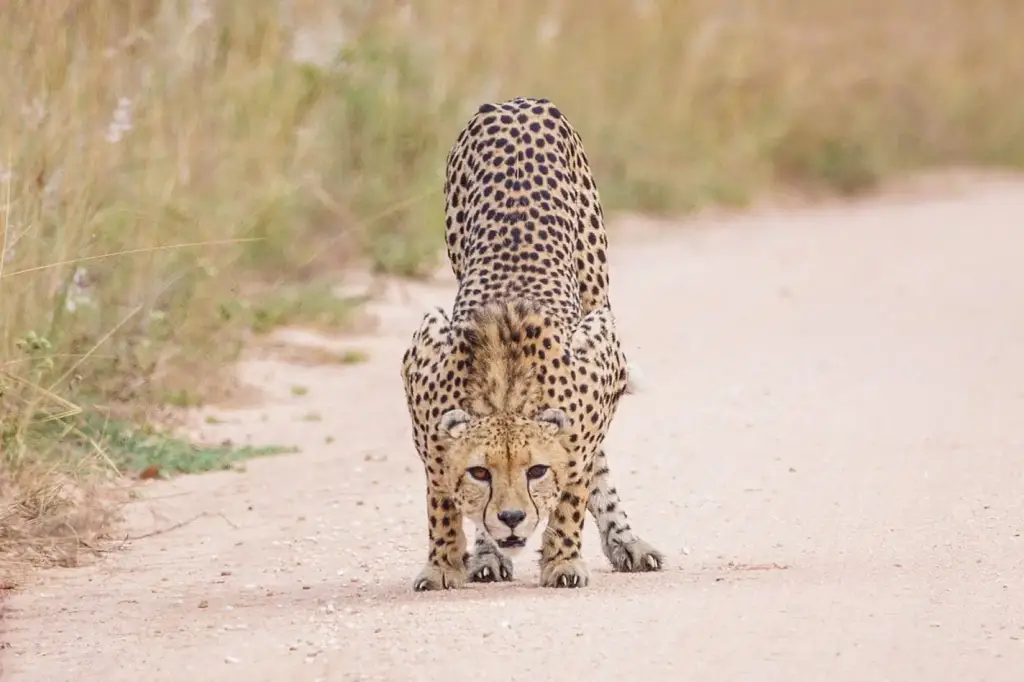
The cheetah’s spine acts like a spring, stretching and contracting with each stride. According to BBC Wildlife Magazine, this flexibility enables them to cover more ground with every leap, contributing to their incredible top speed. Unlike stiffer spines found in other animals, the cheetah’s spinal column is highly elastic. When the spine extends, it allows the front and hind legs to stretch farther apart, significantly lengthening each stride. During contraction, the legs come closer together, preparing for the next leap.
This rhythmic motion allows cheetahs to reach an astonishing stride length of up to 25 feet. The spine’s role as a shock absorber also helps reduce stress on the body during high-speed chases. In addition, their flexible spine enhances agility, allowing for quick directional changes mid-sprint. This is crucial for chasing prey that may zigzag to evade capture. The spine’s design is a key evolutionary feature that distinguishes cheetahs from other fast animals.
4. Enlarged Nasal Passages
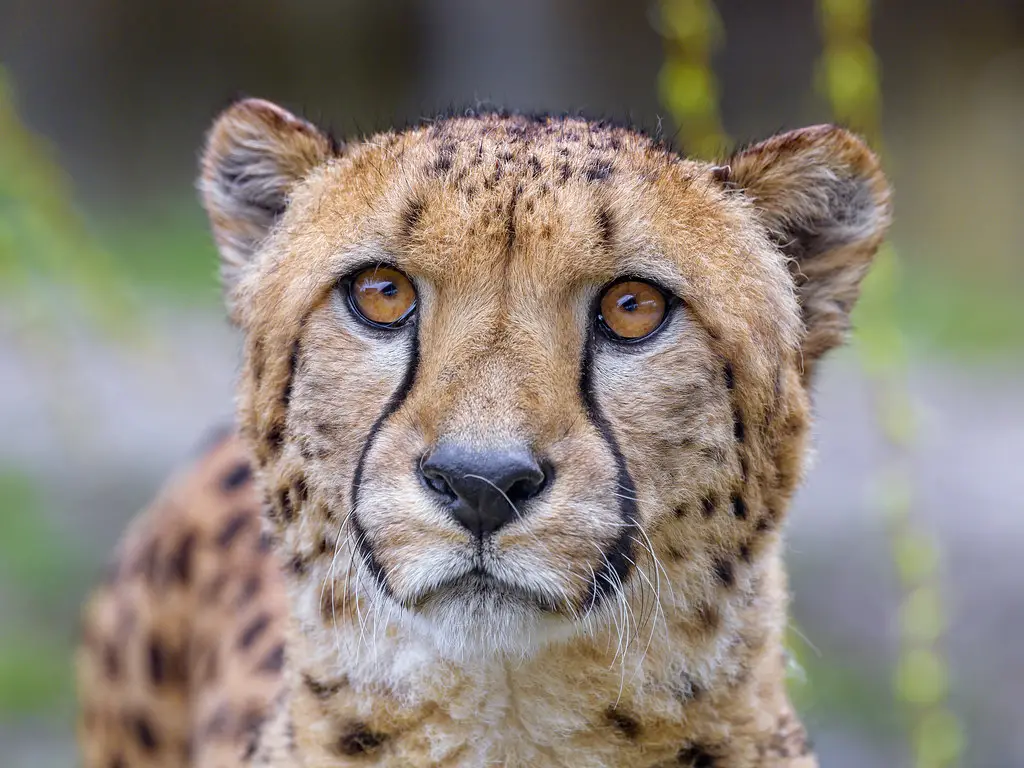
To sustain their rapid pace, cheetahs need plenty of oxygen. According to the Cheetah Conservation Fund, their large nostrils and sinuses allow for increased airflow, fueling their muscles during high-speed chases. This adaptation ensures that their body receives a continuous supply of oxygen, even at maximum exertion. When running at top speed, their breathing rate can surge to 150 breaths per minute. The extra oxygen intake helps prevent early fatigue and supports their muscular demands.
Furthermore, their nasal passages are connected to their enlarged lungs, creating a highly efficient respiratory system. This system works in tandem to deliver oxygen-rich blood to the muscles at a rapid pace. Without this enhanced breathing capacity, cheetahs wouldn’t be able to sustain their speed for even a few seconds. The increased airflow also helps maintain their focus by preventing dizziness or oxygen deprivation. This respiratory efficiency is vital for their hunting success.
5. Oversized Heart and Lungs
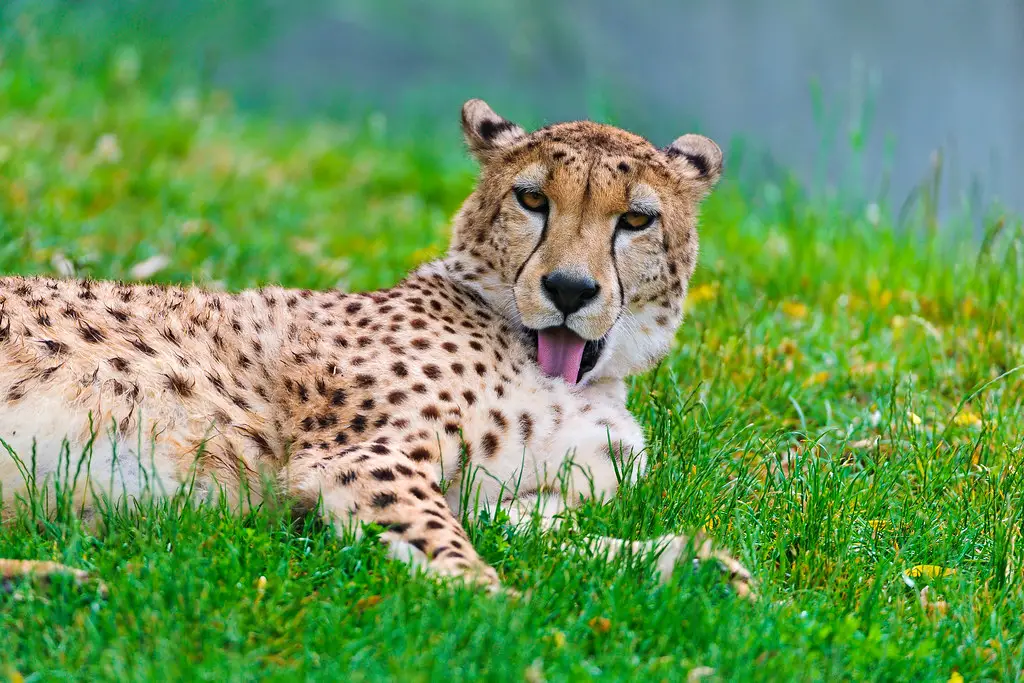
These organs work overtime to pump oxygen-rich blood throughout the body, ensuring that the cheetah’s muscles have the energy they need to maintain peak performance. According to PBS, their heart is unusually large compared to their body size, allowing it to circulate blood more quickly. Similarly, their lungs are expansive, taking in a significant amount of air with every breath. This combination ensures that their muscles remain oxygenated, even during intense activity. Their cardiovascular system is designed to support short bursts of extreme exertion, which is why they’re sprinters rather than endurance runners.
The oversized heart also helps regulate body temperature during these high-energy chases, preventing overheating. In addition, the efficient circulation helps flush out lactic acid buildup, which can cause muscle fatigue. These traits make their heart and lungs integral to their high-speed capabilities. Without such adaptations, they wouldn’t be able to achieve their legendary bursts of speed.
6. Non-Retractable Claws
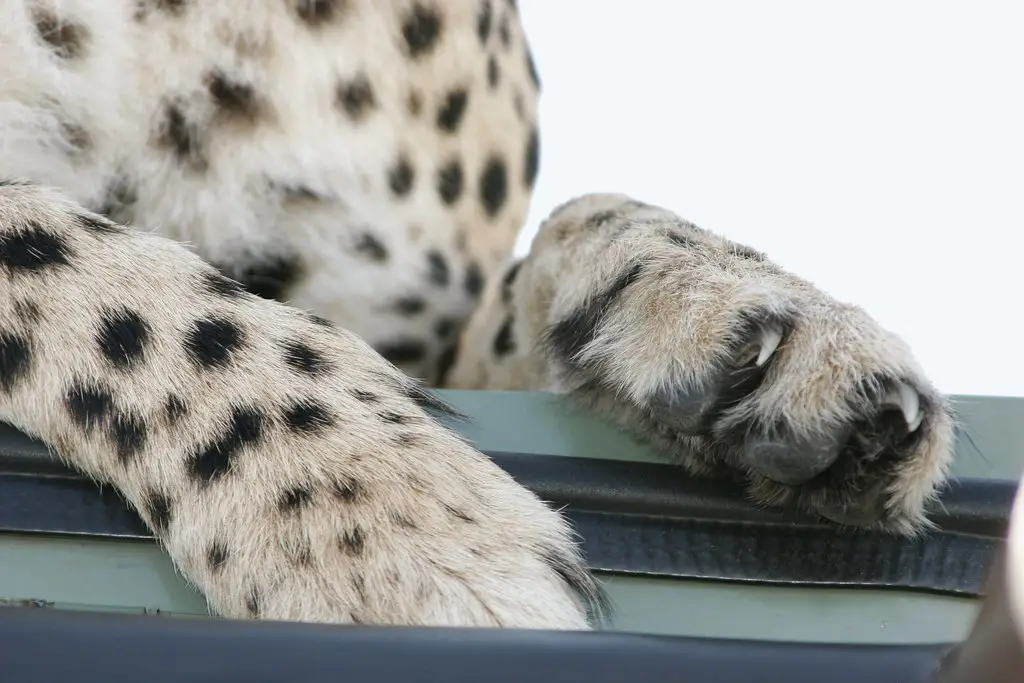
Unlike other big cats, a cheetah’s claws do not fully retract. This provides extra grip on the ground, similar to the function of cleats on an athlete’s shoes. The claws dig into the surface, providing traction that prevents slipping during sprints. This adaptation is especially important when making sharp turns while chasing prey. Additionally, the claws’ semi-retractable nature ensures they remain sharp for gripping the ground. This helps them maintain stability even on uneven terrain.
The grip provided by their claws allows cheetahs to accelerate rapidly without losing balance. This is particularly useful in the open savannahs, where their prey often attempts to escape by running in zigzag patterns. Their claws also aid in braking after a high-speed chase, giving them better control of their movements. Overall, their claws play a vital role in their ability to hunt effectively.
7. Specialized Paw Pads
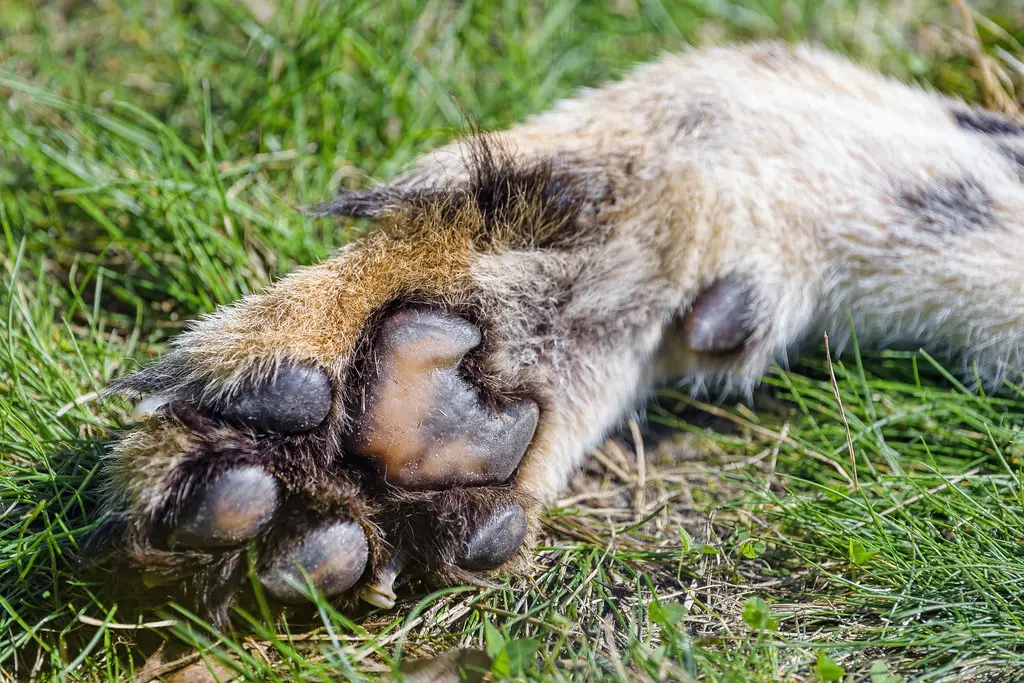
The cheetah’s paw pads are rough and act like tire treads, enhancing traction and stability during high-speed pursuits. These pads are uniquely designed to provide grip on various surfaces, whether it’s dry grass, dirt, or rocky terrain. This adaptation minimizes the risk of slipping, allowing cheetahs to maintain control even at top speeds. The texture of their paw pads helps them dig into the ground with each stride, ensuring maximum propulsion.
In addition to traction, their pads also absorb shock, reducing the impact on their limbs during sprints. This cushioning effect helps prevent injuries that could arise from high-speed running. The combination of grip and shock absorption makes their paw pads a critical feature for their survival. These specialized pads also allow them to make sharp turns without losing momentum. Without such adaptations, cheetahs wouldn’t be able to chase down prey as effectively.
8. Long Tail for Balance
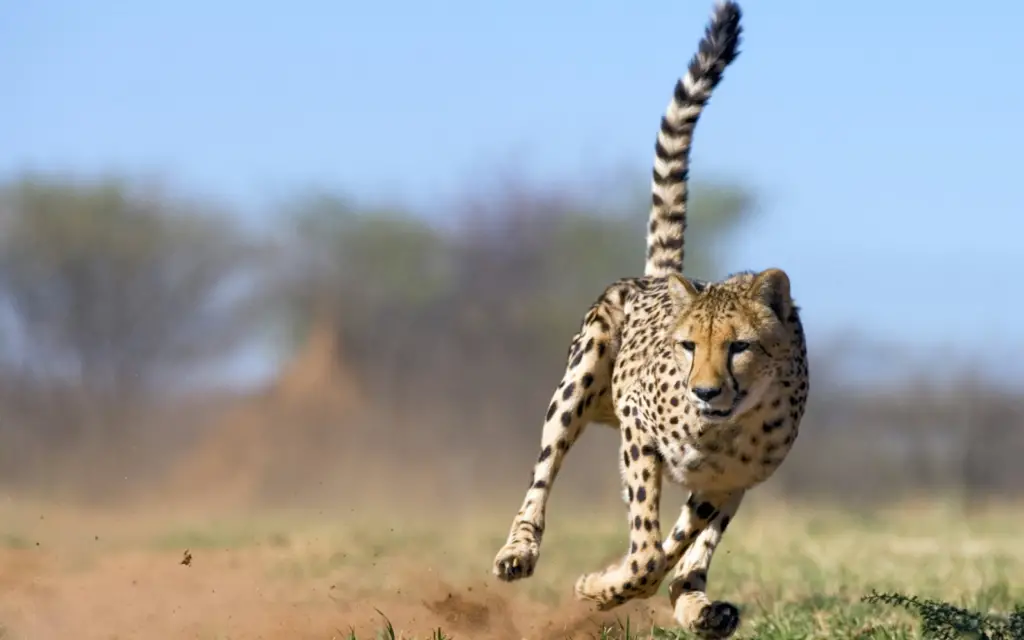
Acting as a rudder, the cheetah’s long tail helps it make sharp turns and maintain balance while zigzagging to catch prey. This tail is muscular and flexible, allowing it to counterbalance the body during rapid directional changes. The tail’s length and weight are perfectly proportioned to provide stability without hindering speed. By shifting the position of their tail, cheetahs can adjust their center of gravity instantly. This is particularly useful when chasing prey that makes sudden movements to escape.
The tail also serves as a steering mechanism, helping cheetahs maintain their trajectory during high-speed pursuits. Without this adaptation, they would struggle to stay upright during sharp turns. Additionally, the tail provides a boost in agility, allowing cheetahs to navigate obstacles in their environment. The long tail is a crucial element of their speed and hunting strategy.
9. Exceptional Vision
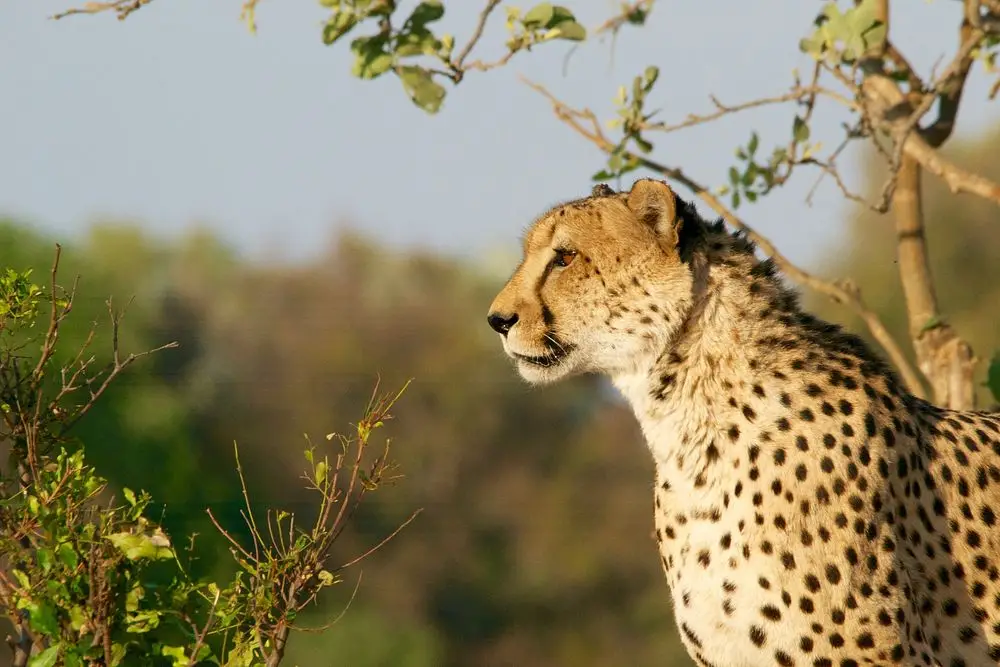
Cheetahs rely on their keen eyesight to spot prey from a distance and to navigate the terrain while running at high speeds. Their eyes are positioned to provide a wide field of view, allowing them to detect movement across a large area. This gives them an advantage in spotting potential prey before initiating a chase. Additionally, their vision is sharp enough to focus on a single target even while moving at top speed. Their ability to track fast-moving prey is unmatched in the animal kingdom.
Cheetahs also have a distinctive black tear-mark pattern beneath their eyes, which reduces glare from the sun. This adaptation enhances their ability to hunt during daylight hours when their prey is most active. Exceptional vision is a critical component of their hunting success, ensuring that they can accurately judge distances and movements. Without such sharp eyesight, their speed would be far less effective.
10. Short-Lived Speed Bursts
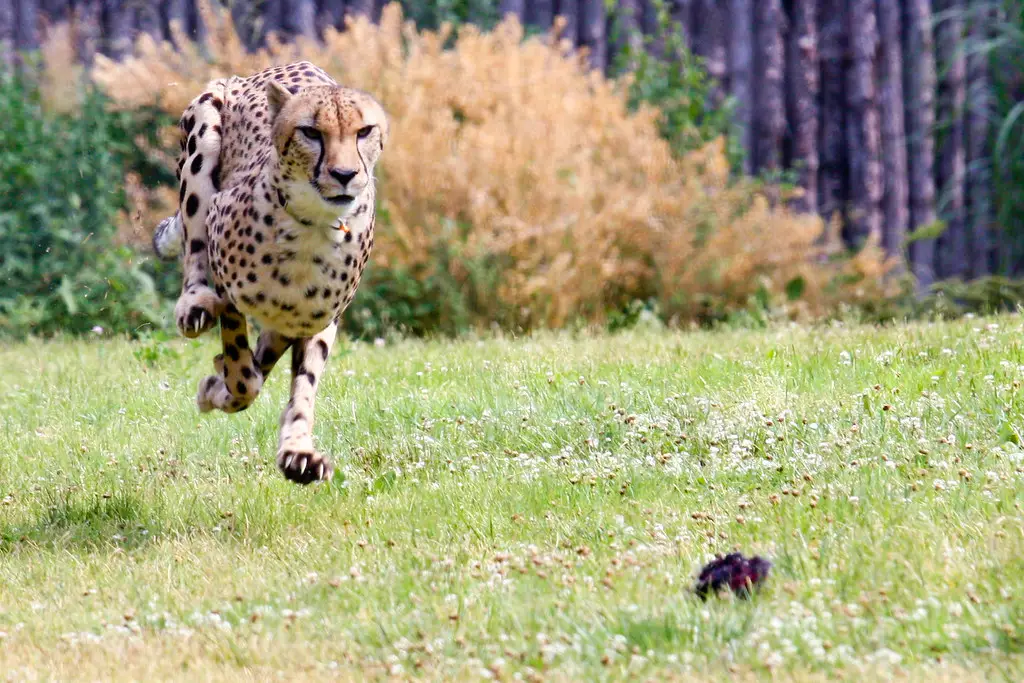
Cheetahs are sprinters, not marathon runners. Their bodies are optimized for short, intense chases, allowing them to hit speeds up to 70 mph but only for 20 to 30 seconds at a time. This limitation is due to the immense physical strain that such speeds place on their bodies. Their muscles generate a significant amount of heat during these chases, and prolonged exertion could lead to overheating. To counter this, cheetahs carefully choose when to sprint, ensuring that they have the best chance of success. Their energy reserves are also limited, so they must rely on precision and timing during hunts. This strategy allows them to conserve energy for future attempts if a chase fails. While their speed bursts are short-lived, they are highly effective, giving cheetahs a success rate of about 50% in hunts. This balance between speed and endurance is a testament to their specialized evolution.


